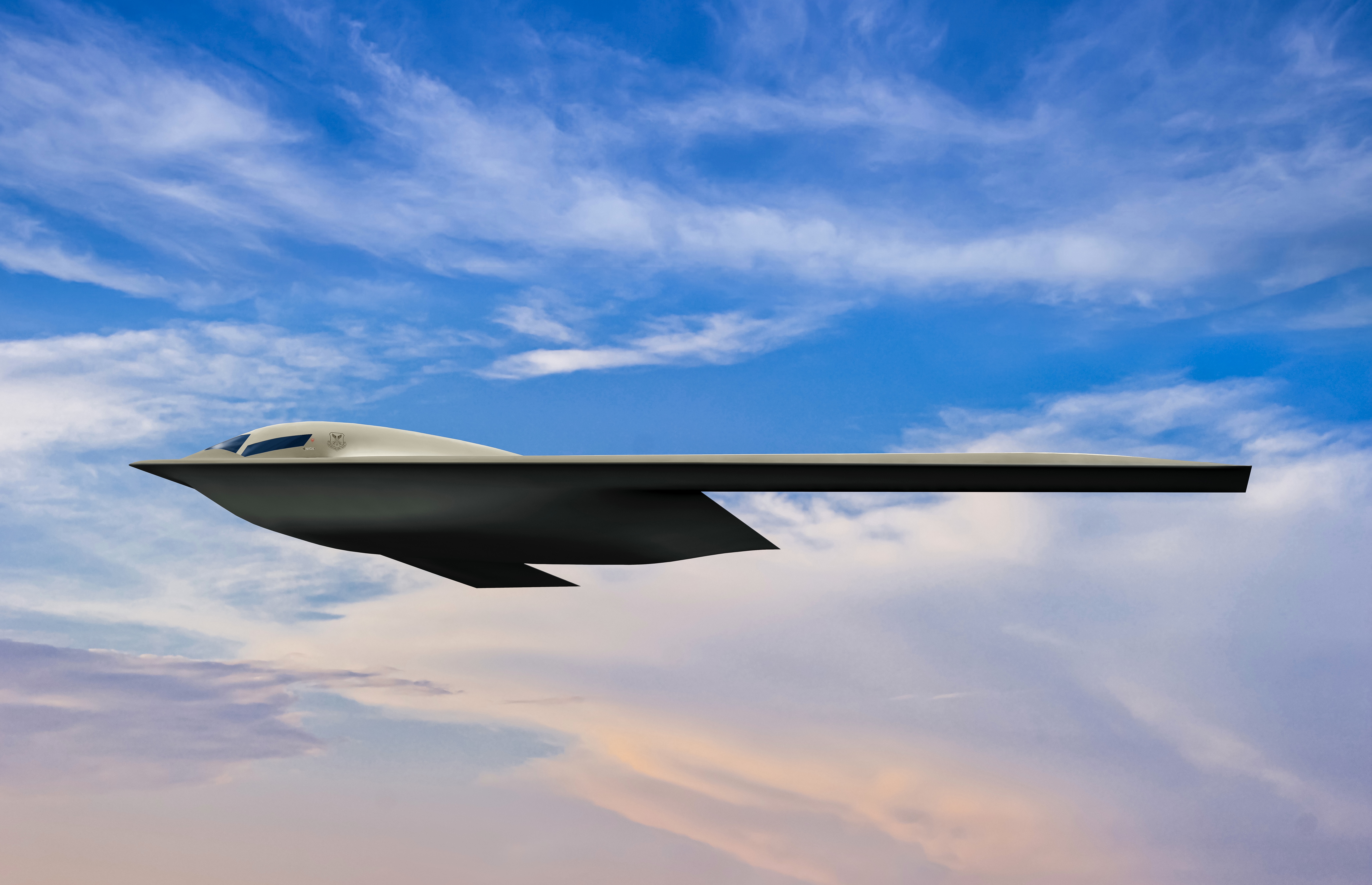US aerospace and defense company Northrop Grumman is known for its distinctive ideas in the development of next-generation stealth fighters. But it doesn’t end there. With so many eyes on its next move, the firm’s advertising always provides something exciting to anticipate.
Block IV Upgrade: F-35s Could Fall Behind Chinese Stealth Fighters If US Delays Modernization Plans
The stakes are great, and the competition is fierce. Northrop Grumman previously created an amazing ad that was uploaded on YouTube in 2015 and played during the Super Bowl broadcast.
Now, a new advertisement has piqued the interest of defense fanatics all across the world, and many others are eager to see what the future holds for the US military in terms of innovation. This new commercial shows a variety of aircraft from the present day to the not-too-distant future.
The tagline in this new ad is “This is where we push the law of physics”. The new ad is centered around an elevator opening into a busy hangar with its bay door open. There were a few people working around the planes that were present there.
The hangar is filled with Northrop Grumman planes from the past, present, and not-so-distant future. It certainly offers a lot to look at in a short amount of time. In fact, it resembles a scene from a science fiction film.
The hangar appears to be separated into two sections: future and present. You may alternatively think of it as the Navy on the right and the Air Force on the left, though this isn’t entirely accurate.
As soon as the elevator door opens, a B-2 spirit appears in the dead center, presumably closing the gap between present and future. Outside the hangar, a B-21 Raider or an RQ-180 appeared to be taking off. They both share the same platform, but it’s most likely B-21 because they won’t just show highly classified RQ-180 just for a television stunt.
From the left side, the first one appears to be a potential Next-Generation Air Dominance (NGAD) manned vehicle. Both the Air Force and the Navy are working on their own NGAD ideas, which will be a family of systems that will include unmanned aircraft as well as a long-range manned tactical version.
It’s massive, stealthy, and lacks vertical tails. It also has a massive chine line that extends around the airframe.

Its stealthy dorsal intake is another feature. It’s difficult to tell if there’s only one intake and not the other on the opposite side. Regardless, the design is expected to include two intakes, one on each side.
An NGAD demonstration is already in the air. For all we know, it may be Northrop Grumman’s product, but as the program ramps up, there will undoubtedly be other players in the project.
The pointy white nose on the second from the left appears to be one of Northrop Grumman’s new low-cost loyal wingman and unmanned combat air vehicle (UCAV) designs.
One is adapted from the Model 401, while the other is based on it directly. The company must have sought to develop this type of aircraft for the Pentagon and allied nations.
The last aircraft on the left is an unmanned combat air vehicle that looks a lot like the company’s promising X-47B prototypes, which were sadly passed over by the Navy.
The concept design for the Air Force’s MQ-Next project, which will replace the MQ-9 Reaper, looked identical to an X-47B. Regardless, the one in the video, based on its nose bear launch bar, is carrier-capable.
The EA-18G Growler is positioned in the back right corner. The EA-18G Growler is the US Navy’s electronic attack aircraft, designed to replace the service’s aging EA-6B Prowlers.
Killer Robots: Watch How AI-Programmed Military Robots Could Make Human Soldiers Completely Obsolete
The two-seater, twin-turbofan aircraft is based on the F-18 E/F Hornet airframe and incorporates the latest electronic attack equipment, including the ALQ-218 receiver, ALQ-99 jamming pods, communication countermeasures, and satellite communications.
Second, from the right side, we have an E-2D Hawkeye; the E-2C Hawkeye aircraft is a navy task force’s all-weather airborne early warning aircraft. The Hawkeye, which operates at a height of more than 25,000 feet, warns the naval task force of oncoming air threats while also providing threat identification and positioning data to fighter planes like the F-14 Tomcat.
Strike command and control, surveillance, search and rescue mission guiding, and as a relay to expand the range of communications are all secondary tasks.
Finally, there’s the MQ-4C Triton, the Q-4 Global Hawk’s marine surveillance variant. Northrop Grumman has introduced the MQ-4C Triton, a new wide-area maritime surveillance (BAMS) unmanned aircraft system (UAS) for the US Navy.
The UAS will provide SIGNET (signals intelligence), C4ISR, and maritime strike capabilities to the navy’s Maritime Patrol and Reconnaissance Force family of systems.
Northrop Grumman has a strong advantage over its competitors, having manufactured both the B-2 Spirit and the Navy’s X-47B. The renowned aerospace business was also widely known in the defense world for developing a next-generation bomber demonstration in the late 2000s, as well as a high-altitude, long-duration stealth drone.
- Contact the author at ashishmichel@gmail.com
- Follow EurAsian Times on Google News